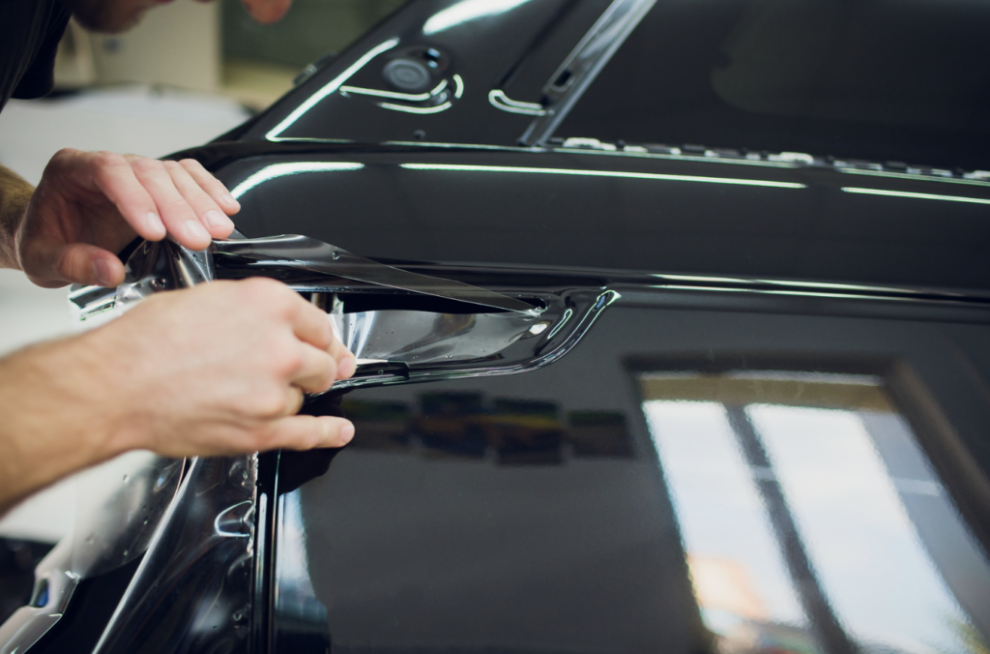Applying a screen protector film can be a challenging task, especially when trying to avoid air bubbles and achieve a flawless finish. Whether you’re protecting your smartphone, tablet, or even your car’s infotainment screen, the right technique ensures a smooth and long-lasting application. Using high-quality products like Pellicule pare-perre Proshield can make the process easier and provide excellent protection against scratches, dust, and smudges.
Why Air Bubbles Form During Application
Air bubbles are one of the most common issues when applying screen protectors. They occur due to:
- Trapped dust and debris on the screen surface.
- Uneven application pressure, leading to air pockets.
- Incorrect positioning, causing the protector to lift and trap air.
- Poor quality adhesive, which may not bond smoothly to the screen.
Understanding these factors can help you take the necessary precautions for a bubble-free installation.
Step-by-Step Guide to Applying a Screen Protector Without Bubbles
Follow these steps to achieve a flawless screen protector application:
1. Gather Your Tools
Before starting, make sure you have:
- A microfiber cloth
- A dust removal sticker or tape
- A squeegee or credit card
- A spray bottle with screen-friendly cleaning solution
- The screen protector film
2. Clean the Screen Thoroughly
Cleaning the screen is the most crucial step to prevent bubbles.
Steps:
- Use a microfiber cloth to wipe off fingerprints and dust.
- Apply a small amount of cleaning solution and wipe it dry.
- Use a dust removal sticker or tape to lift any remaining particles.
Tip: Work in a dust-free environment to minimize contamination.
3. Align the Screen Protector Properly
Proper alignment is key to avoiding the need for repositioning, which can introduce bubbles.
Steps:
- Hold the screen protector by the edges to prevent fingerprints.
- Line up the edges carefully with the screen.
- Peel off the backing slightly and position it before fully removing it.
Tip: Use small pieces of tape to hold the protector in place while aligning.
4. Apply the Protector Slowly
Peeling and applying the protector gradually prevents air bubbles from getting trapped.
Steps:
- Slowly remove the backing while pressing the protector down.
- Use a squeegee or credit card to push out air pockets from the center outward.
- Continue peeling and smoothing until the entire protector is applied.
Tip: Applying even pressure helps eliminate micro-bubbles as you go.
5. Remove Any Remaining Bubbles
If small bubbles appear, they can be removed with the right technique.
Steps:
- Use a squeegee to gently push bubbles toward the edges.
- If stubborn bubbles persist, lift the edge slightly and reapply carefully.
- Allow the film to settle for a few hours, as minor bubbles may disappear on their own.
Tip: Avoid pressing too hard to prevent damage to the screen or protector.
Common Mistakes to Avoid During Application
- Skipping the cleaning step: Dust and oil can ruin the adhesion.
- Applying too quickly: Rushing the process leads to misalignment and bubbles.
- Reusing an old protector: Worn-out protectors may not adhere properly.
- Ignoring edge sealing: Ensure the edges are fully pressed down to prevent peeling.
Benefits of Using High-Quality Screen Protectors
Using a premium protector such as Pellicule pare-perre Proshield offers several advantages:
- Superior adhesion: Reduces the risk of air bubbles and peeling.
- Scratch and impact resistance: Protects the screen from everyday wear and tear.
- Anti-fingerprint coating: Keeps the screen looking clean and smudge-free.
- Easy installation: Designed for hassle-free application and removal.
Conclusion
Applying a screen protector without air bubbles requires patience, precision, and the right tools. By following a step-by-step approach and using high-quality products like Pellicule pare-perre Proshield, you can achieve a flawless finish that enhances the longevity and clarity of your device screen. Taking the time to clean, align, and smooth out the protector ensures optimal protection and a professional appearance.




